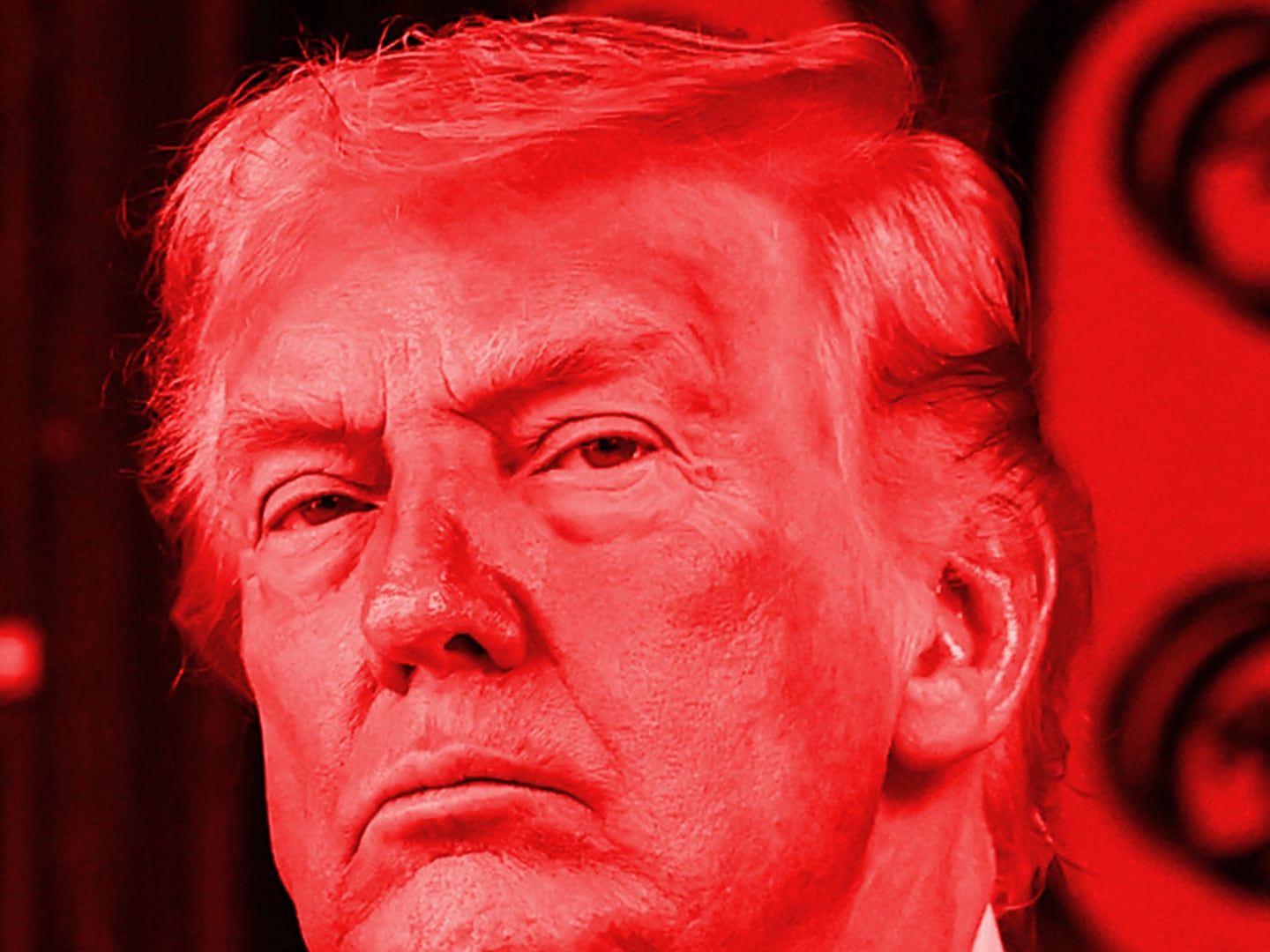In the wake of the deadly school shooting at Marjory Stoneman Douglas High School in Florida, there have been an onslaught of proposals to address what's been variously termed as a gun epidemic or a mass-shooting problem in the United States.
Among the central tenets of President Trump’s proposals to help fix the problem are the concepts of arming 20 percent of teachers at each school with guns and awarding them bonuses. The thinking goes that doing so will allow teachers—the “good guys,” in this situation—to take down an active shooter, the “bad guy.”
<p>If you had a teacher who was adept with the firearm, they could end the attack very quickly. This would be obviously only for people who were very adept at handling a gun, and it would be, it's called concealed carry, where a teacher would have a concealed gun on them. They'd go for special training and they would be there and you would no longer have a gun-free zone. Gun-free zone to a maniac—because they're all cowards—a gun-free zone is 'let's go in and let's attack because bullets aren't coming back at us.'</p>
It’s the “good guy with a gun” hypothetical that the president, NRA chief Wayne LaPierre, and other gun rights activists have used to sell the idea that carrying a weapon can help prevent future attacks.
But a recent working paper circulated by the National Bureau of Economic Research suggests that that thinking may be wrong (with a recent, potent example being an armed guard at Stoneman Douglas High School shown as having done nothing).
Researchers ran several regressions analyzing 14 years of data in 11 states that have “right-to-carry” laws, seeing whether there was any movement in crime statistics after the adoption of these laws.
Turns out being able to carry a handgun spikes up crime in states: By the tenth year of these laws, violent crime was up between 13 and 15 percent.
For a city like New York, where crime is on the downfall and 774 gun shootings were reported near the end of the year, that means there would be 116 more gun shootings than otherwise expected about a decade from now if the city were to enact right to carry laws.
And it's crucial to note that this isn't brand new information; this study, in fact, was building off a previous report in 2004 that pointed out the correlation. Academics have cited the correlation between crime and conceal-and-carry laws for nearly two decades now.
The researchers cited the George Zimmerman and Trayvon Martin incident as a case study for how right-to-carry could lead to a potentially fatal altercation. “If you are an angry young man, with somewhat of a paranoid streak, and you haven’t yet been convicted of a crime or adjudicated to be a mental defective, it is likely that the ability to carry a gun will both be more attractive and more likely in a RTC state,” the authors note. “That such individuals will, therefore, be more likely to be aggressive once armed and hence more likely to stimulate violence by others should not be surprising.”
In an op-ed published in Scientific American, lead author and economist John Donohue of Stanford University Law School argues that arming teachers is in fact the very opposite of what policymakers should be proposing to address school shootings. Donohue cites the example of Columbine, where 13 people died despite an armed guard and a combined 141 shots fired at the gunmen, none of which hit them. In a 2014 FBI report, the agency investigated 160 active shooter situations and found that in only five of those incidences, armed civilians were able to intervene, with the shooter either dying or taking his own life after grave injury. In contrast, 21 other non-armed interventions led to the shooter being restrained.
<p></p>
Add to this the fact that people carrying guns on their person makes for an easier robbery target that could lead to 100,000 more guns—and thereby, crimes and related violence—on the street (according to Donohue's rough estimation), and it becomes increasingly clear that conceal and carry has the opposite effect of its intention: It makes the world more dangerous, more violent, more deadly.
The authors of the study forecast a morbid future should concealed carry become a national movement: “[A]s more citizens carry guns, more criminals will find it increasingly beneficial to carry guns and use them more quickly and more violently to thwart any potential armed resistance.”






